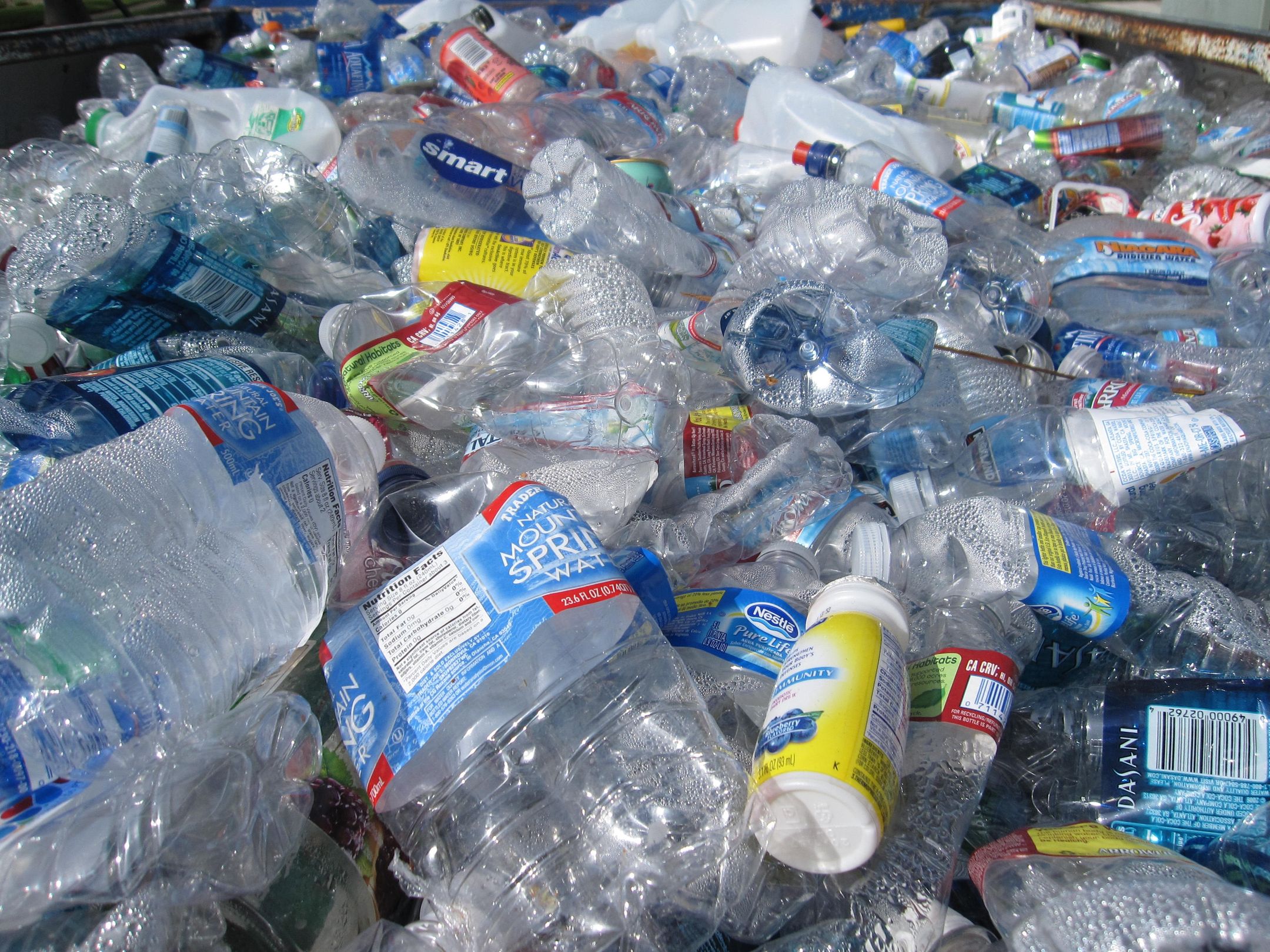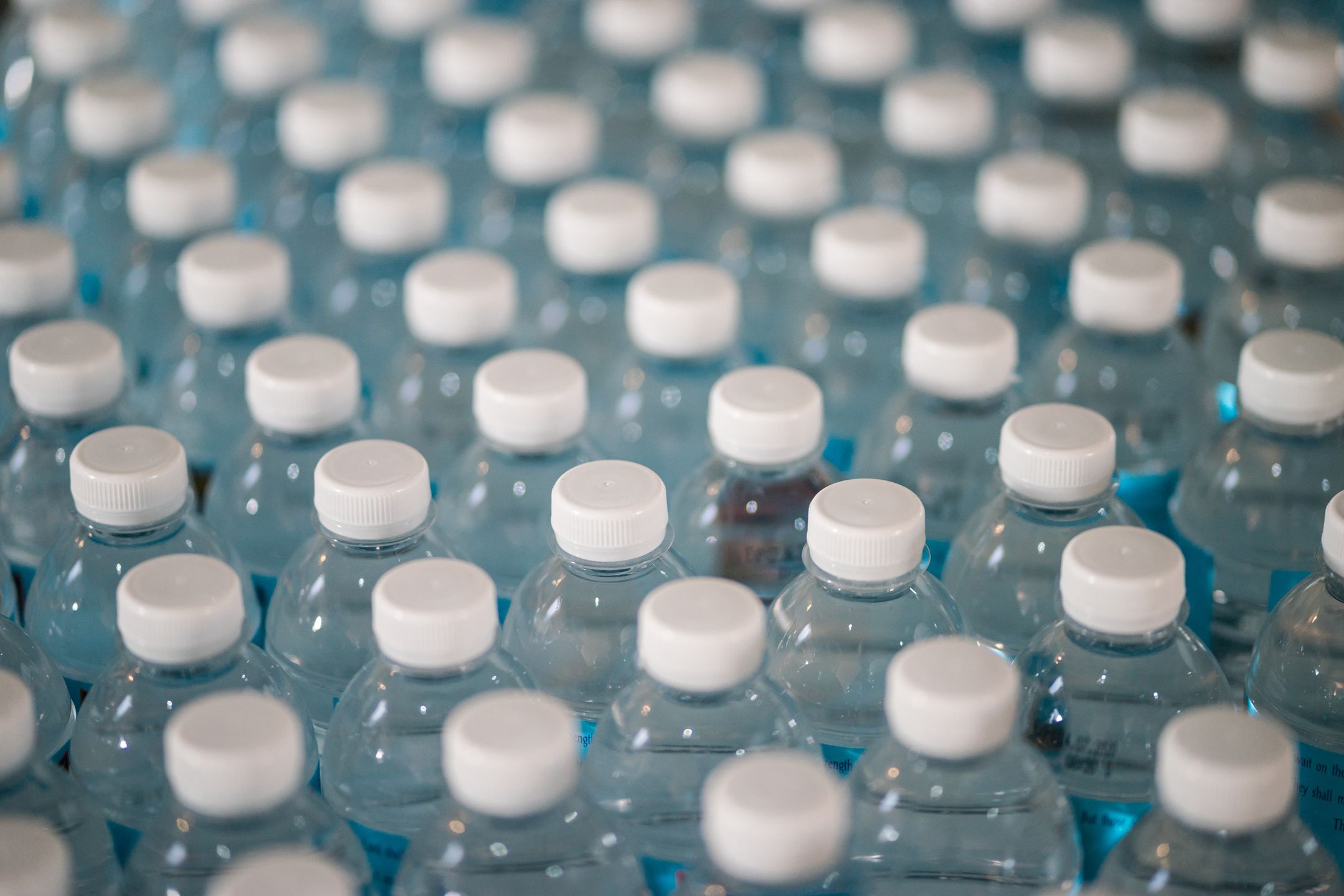
What Is the Difference Between PET and PETE Plastic?
Have you ever heard of Polyester Chips?And what about PET or PETE plastic? And do you know what the difference is between PET and PETE plastic? This article will provide you with a comprehensive understanding of both!"
PET vs PETE:Are They Different
Actually, PET and PETE are both acronyms for polyethylee terephthalate. Polyethylene terephthalate (PET or PETE), a strong, stiff synthetic fibre and resin and a member of the polyester family of polymers. Most countries abbreviate it as PET, and some abbreviate it as PETE. It refers to polyethylene terephthalate, and is commonly used in applications such as mineral water bottles and carbonated beverage bottles. PET (polyethylene terephthalate) plastic, a form of polyester, stands out as a commonly used thermoplastic polymer resin renowned for its clarity and versatility. Derived from ethylene glycol and terephthalic acid, PET takes the form of small pellets molded under heat to create diverse shapes. It’s prevalent in clothing fibers and containers for food and beverages, FDA-approved and devoid of harmful substances like phthalates and BPA. While it can withstand temperatures up to 145°F, it's not as resilient as HDPE. However, PET serves as a sustainable packaging alternative, offering a barrier against diluted acids, oils, and alcohols. Despite being derived from natural gas and oils, PET is considered eco-friendly compared to other packaging materials like aluminum or glass. Its clarity makes it ideal for liquids, and while it's strong and cost-effective, its properties can vary based on manufacturing methods. Crystallization through heating or stretching processes can affect its transparency and some characteristics, turning it semi-crystalline, also known as Mylar.
PET vs PETE Plastic: Temperature range, Stress crack resistance, Gas barrier, Recyclability
Temperature range:
Polyethylene terephthalate (PET or PETE) is a versatile thermoplastic polymer within the polyester family, known for its various valuable properties encompassing mechanical strength, thermal stability, chemical resistance, and dimensional stability. Its chemical formula is C10H8O4. PET containers exhibit resilience in cold temperatures, tolerating around -40°F. Moreover, PET demonstrates commendable heat resistance, with a melting point of 145°F, rendering it suitable for applications requiring resistance to higher temperatures. Overall, PET is recognized as a material with substantial temperature resistance capabilities.
Stress crack resistance:
PET plastic, including both PET (Polyethylene Terephthalate) and PETE (Polyethylene Terephthalate - Ethylene Glycol), demonstrates notable resistance to stress cracking compared to HPDE plastics. Stress cracking occurs due to environmental factors and can compromise packaging integrity. PET's higher resistance to stress cracking, attributed to its molecular weight and crystallinity, helps withstand mechanical and chemical pressures. Both PET and PETE exhibit similar stress crack resistance, ensuring durability in various applications exposed to mechanical or chemical stresses. However, it's essential to consider variations in manufacturing methods, environmental conditions, and the specific stress types applied, as these factors can influence their susceptibility to cracking despite their inherent resistance.
Gas barrier:
PET (Polyethylene Terephthalate) or PETE (Polyethylene Terephthalate - Ethylene Glycol) possess strong gas barrier properties, safeguarding packaged contents from gas permeation. Measured through the water vapor transmission rate (WVTR) in g-mil/100in 2/24hr, PET plastics exhibit a WVTR of 2.0, while HDPE plastics rate at 0.5. A lower WVTR signifies extended protection against moisture exposure in packaging. This feature is crucial for maintaining the freshness and shelf life of contents during transportation, especially for hazardous goods that necessitate secure packaging and accurate labeling.
Recyclability:
PET or PETE, labeled as Recycling Number 1 Plastic, plays a pivotal role in addressing plastic waste-related environmental issues. The recycling process involves collecting, sorting, cleaning, crushing, melting, and transforming plastic into new products, presenting a more eco-friendly approach than producing new plastic. Various everyday items, such as water bottles, jars, and containers, fall under PET 1, showcasing its recyclability. Its durability and versatility enhance sustainability. Despite its petroleum origin, PET exhibits better environmental credentials than glass or aluminum, offering remarkable energy efficiency. Recent tech innovations have reduced PET container weight, heightening energy efficiency. Recycled PET now meets safety standards, allowing closed-loop recycling into fresh food-grade containers, promoting sustainable practices.
Conclusion:
I believe you now understand the difference between PET and PETE plastic. As a PET manufacturer committed to sustainability and quality, we at Wkai, value the importance of PET (Polyethylene Terephthalate) in the global packaging landscape. PET plays a pivotal roles in delivering versatile, durable, and eco-friendly packaging solutions for various industries. If you have the need for PET, come to Wankai PET Plastic Supplier!


